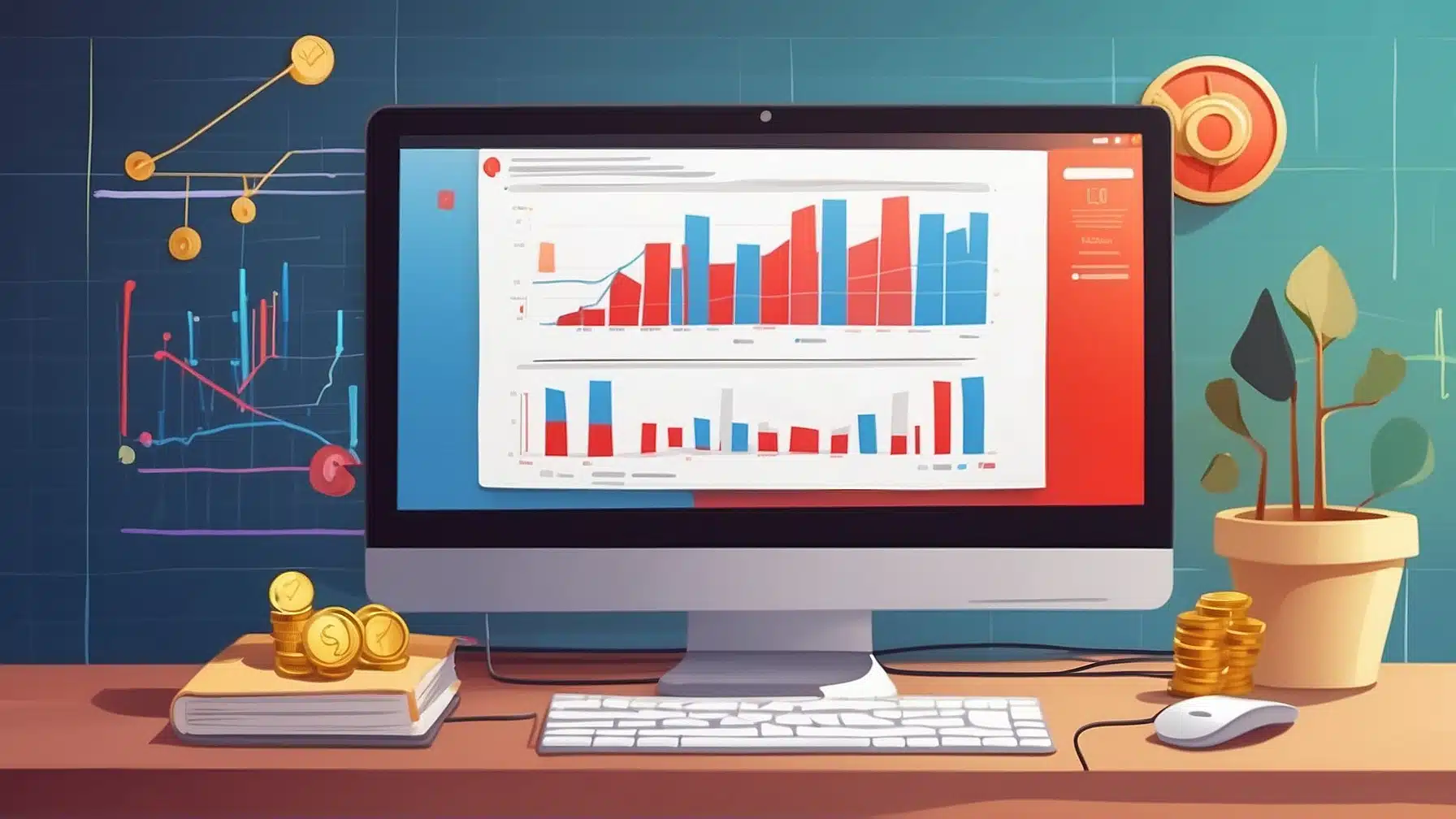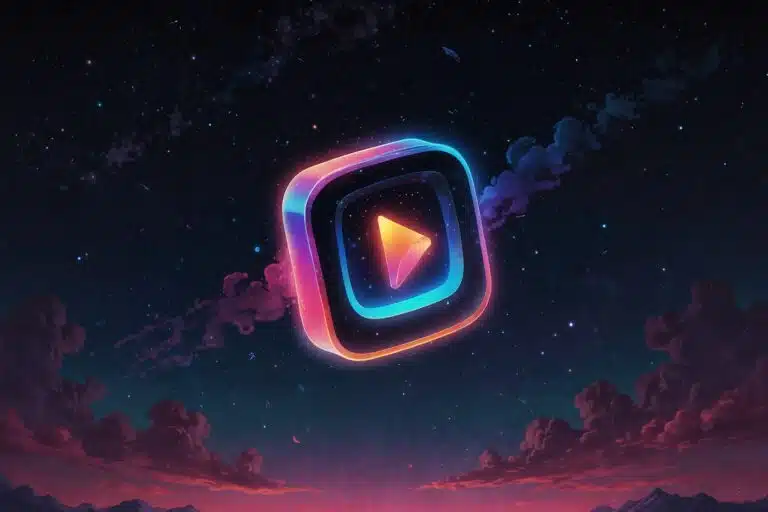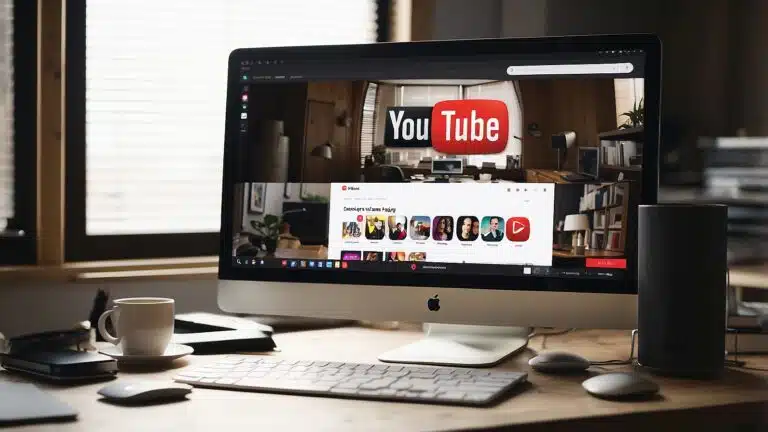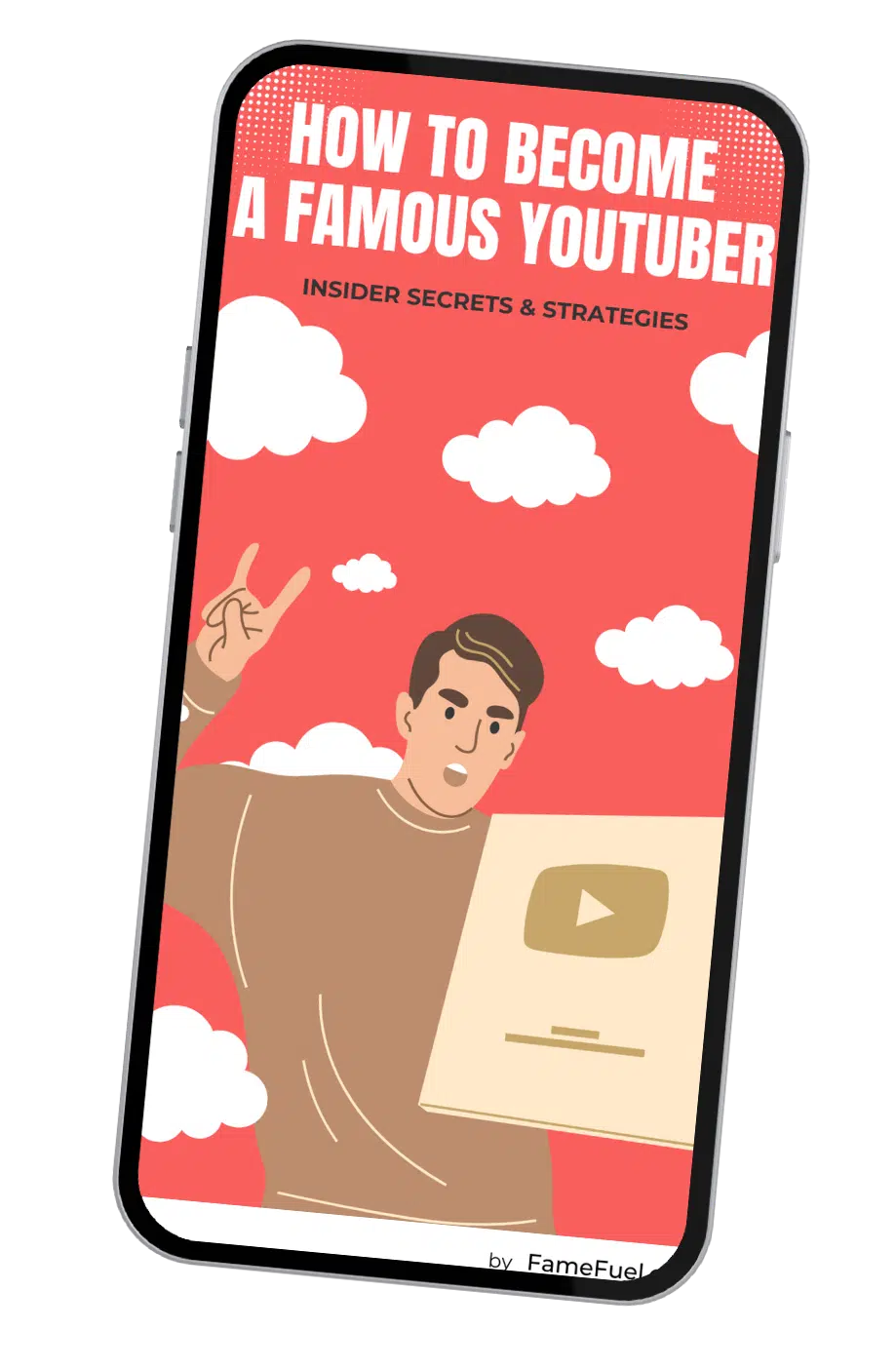If you're a content creator on YouTube, you're probably wondering how much money you can earn from ad revenue. YouTube's monetization program allows creators to earn money from ads that run on their videos. However, the amount of money you can earn depends on several factors, including the type of ads, the number of views, and the YouTube ad revenue share percentage.
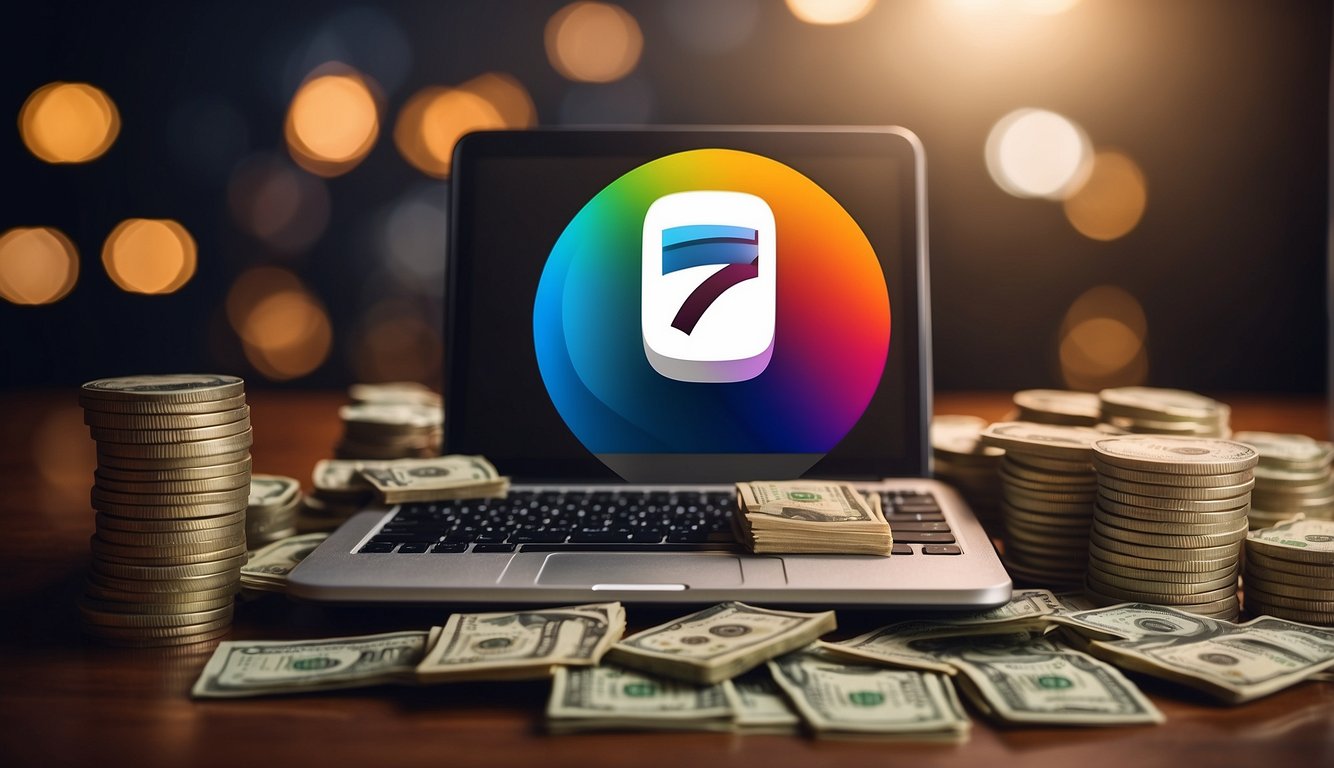
Understanding YouTube Monetization is crucial if you want to make money on the platform. YouTube offers several types of ads, including display ads, overlay ads, skippable video ads, non-skippable video ads, bumper ads, and sponsored cards. Each type of ad has different revenue potential, and understanding how they work can help you maximize your earnings.
YouTube Ad Revenue Share is the percentage of advertising revenue that YouTube pays to content creators. According to YouTube, the revenue share ranges from 45% to 55% of the advertising revenue, depending on the country and the type of ad. Knowing the YouTube Ad Revenue Share is essential to calculate your potential earnings and to understand how much money you can make from your YouTube channel.
Key Takeaways
- Understanding the different types of ads on YouTube can help you maximize your earnings.
- YouTube Ad Revenue Share is the percentage of advertising revenue that YouTube pays to content creators.
- Maximizing YouTube Ad Revenue requires creating engaging content and growing your audience, but there are also alternative revenue streams available on the platform.
Understanding YouTube Monetization
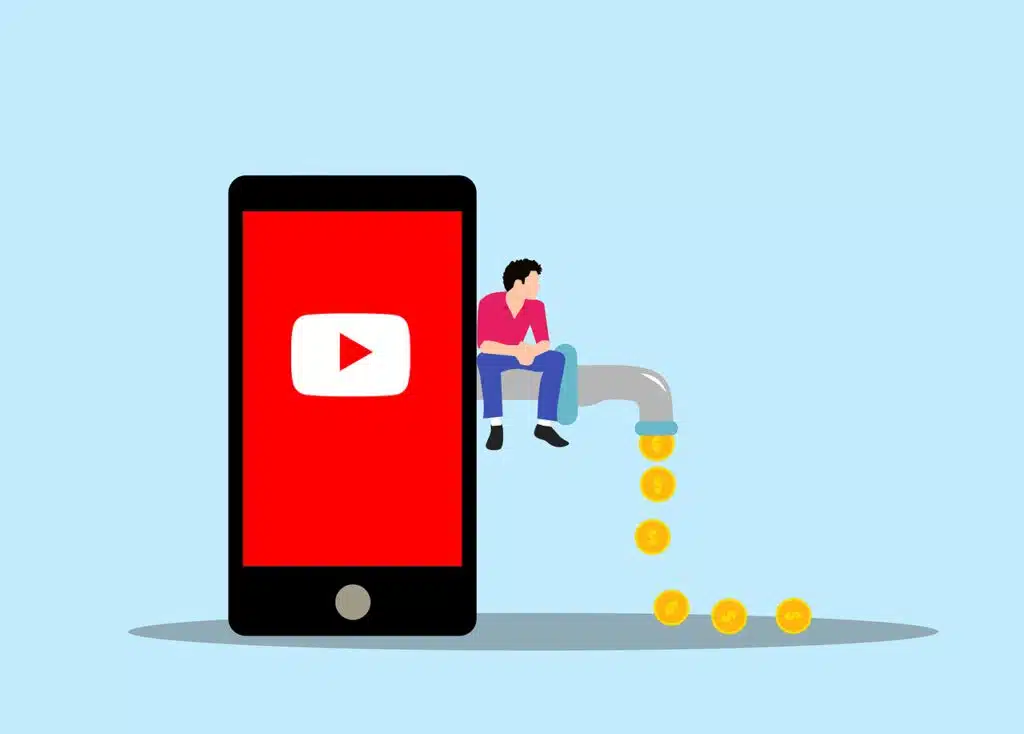
If you're a content creator on YouTube, you might be wondering how you can make money from your videos. YouTube has a monetization program that allows creators to earn money from their videos through ads. In this section, we'll go over the basics of YouTube monetization, including the YouTube Partner Program, eligibility criteria for monetization, and monetization policies.
YouTube Partner Program (YPP)
The YouTube Partner Program (YPP) is a program that allows content creators to monetize their videos on YouTube. To join the YPP, you need to meet certain eligibility criteria, which we'll go over in the next section. Once you're part of the YPP, you can monetize your videos through ads, channel memberships, and Super Chat.
Eligibility Criteria for Monetization
To be eligible for monetization on YouTube, you need to meet the following criteria:
- You need to have at least 1,000 subscribers.
- You need to have at least 4,000 watch hours in the past 12 months.
- You need to comply with YouTube's Community Guidelines and Terms of Service.
- You need to have an AdSense account linked to your YouTube account.
Once you meet these criteria, you can apply for the YPP. YouTube will review your channel to make sure it complies with their policies and guidelines before approving your application.
Monetization Policies
YouTube has certain policies and guidelines that creators need to follow to monetize their videos. These policies include:
- Advertiser-friendly content: Your videos need to be suitable for all audiences and not contain any controversial or sensitive topics.
- Copyrighted content: You can't use copyrighted content in your videos without permission from the owner.
- Community Guidelines: Your videos need to comply with YouTube's Community Guidelines, which prohibit things like hate speech, harassment, and violence.
If you violate any of these policies, your videos may be demonetized or removed from YouTube altogether.
In conclusion, monetizing your videos on YouTube can be a great way to earn money as a content creator. By joining the YouTube Partner Program, meeting the eligibility criteria, and following YouTube's monetization policies, you can start earning money from your videos through ads, channel memberships, and Super Chat.
YouTube Ad Revenue Share
If you are a YouTuber, monetizing your channel by displaying ads is one of the primary ways to earn money. YouTube shares a portion of the ad revenue with creators. In this section, we will discuss the YouTube Ad Revenue Share in detail.
Revenue Sharing Model
YouTube's revenue sharing model is straightforward. When an ad is displayed on your video, YouTube shares the revenue with you. The exact percentage that you receive varies depending on several factors, including the location of your viewers and the type of ads displayed. Typically, creators can expect to receive around 55% of the ad revenue, while YouTube takes the remaining 45%.
Calculating Ad Revenue
Calculating your potential earnings from YouTube can be a bit tricky as it depends on various factors such as the number of views, the type of ads displayed, and the location of your viewers. YouTube Money Calculator is a simple online tool that can help you estimate how much money you can earn from your YouTube channel. It takes into account various factors such as the number of views, CPM, and RPM, and gives you an estimate of your earnings.
Adsense Account and Payment
To receive payments from YouTube, you need to have an Adsense account. Adsense is Google's advertising platform that allows creators to monetize their content across various platforms. Once you have set up your Adsense account, you can link it to your YouTube channel and start receiving payments. YouTube pays its creators once a month, provided they have reached the payment threshold of $100.
In conclusion, understanding the YouTube Ad Revenue Share is crucial for creators who want to monetize their content. While the revenue sharing model is simple, calculating your potential earnings can be a bit tricky. However, with the help of tools like the YouTube Money Calculator, you can estimate your earnings and plan your content accordingly.
Types of Ads on YouTube

As a YouTube creator, you can monetize your videos by displaying ads. YouTube offers several ad formats that you can use to earn revenue from your content. Here are the three most common ad formats on YouTube:
Display Ads
Display ads are the most common type of ads on YouTube. They appear as banners or rectangular boxes on the right-hand side of the video player or above the video recommendation list. Display ads can be either image or text-based, and they are usually placed at the beginning, middle, or end of a video.
Overlay Ads
Overlay ads are semi-transparent ads that appear on the lower 20% of the video player. They are usually text-based and can be closed by the viewer. Overlay ads can be displayed at any point during the video, and they are a great way to promote your products or services.
Bumper Ads
Bumper ads are short, non-skippable ads that appear at the beginning of a video. They are only six seconds long, and they are designed to capture the viewer's attention quickly. Bumper ads are a great way to promote your brand or product, and they are particularly effective for mobile viewers.
Each ad format has a different ad rate, which determines how much revenue you can earn per ad impression. The ad rate is calculated based on the type of ad, the length of the ad, and the viewer's location. The ad impressions are the number of times an ad is viewed by a viewer.
In summary, YouTube offers several ad formats that you can use to monetize your content. Display ads, overlay ads, and bumper ads are the most common ad formats on YouTube. Each ad format has a different ad rate, and the ad impressions are the number of times an ad is viewed by a viewer.
Maximizing YouTube Ad Revenue
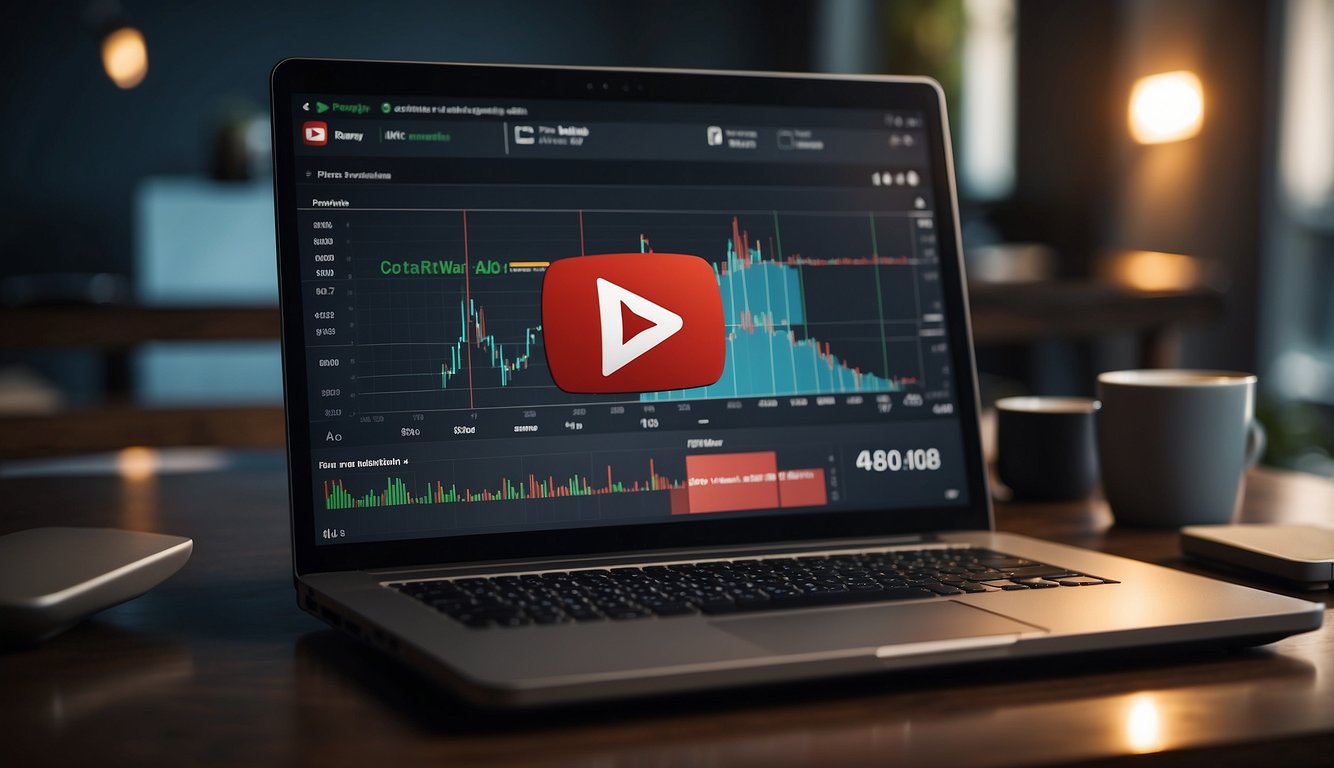
If you want to maximize your YouTube ad revenue, there are several strategies you can use to optimize your video content, increase audience engagement, and utilize YouTube analytics to your advantage. Here are some tips to help you increase your earnings:
Optimizing Video Content
One of the most important factors in maximizing your YouTube ad revenue is creating high-quality video content that appeals to your target audience. This means creating videos that are engaging, informative, and visually appealing. You should also pay attention to the length of your videos, as longer videos tend to perform better in terms of watch time and engagement.
Increasing Audience Engagement
Another key factor in maximizing your YouTube ad revenue is increasing audience engagement. This means encouraging viewers to like, comment, and share your videos, as well as subscribing to your channel. You can do this by creating content that is relevant and interesting to your target audience, as well as engaging with your viewers by responding to comments and messages.
Utilizing YouTube Analytics
Finally, to maximize your YouTube ad revenue, you should utilize YouTube analytics to track your video views, watch time, and engagement. This will help you identify which videos are performing well, as well as areas where you can improve. You can also use this data to optimize your video content and improve your audience engagement.
By following these strategies, you can increase your YouTube ad revenue and maximize your earnings on the platform.
Alternative Revenue Streams on YouTube

Aside from ad revenue, there are other ways to earn money on YouTube. These alternative revenue streams can help diversify your income and provide additional sources of revenue. Here are some of the most popular alternative revenue streams on YouTube:
Merchandise Shelf
The Merchandise Shelf is a feature that allows creators to showcase their official branded merchandise directly on their YouTube channel. This feature is available to eligible creators in certain countries and allows them to earn a percentage of the revenue generated from merchandise sales. By offering merchandise to their viewers, creators can build a stronger connection with their audience and earn additional income at the same time.
Channel Memberships
Channel Memberships is a feature that allows eligible creators to offer exclusive perks and content to their most loyal fans. Viewers can become a channel member by paying a monthly fee, which gives them access to perks like custom emojis, badges, and exclusive videos. Creators earn a portion of the revenue generated from channel memberships, which can help supplement their ad revenue.
Super Chat and Super Stickers
Super Chat and Super Stickers are features that allow viewers to pay to have their message highlighted in a live chat during a livestream. Super Chat allows viewers to pay to have their message pinned to the top of the chat for a set period of time, while Super Stickers are animated stickers that viewers can purchase and send during a livestream. Creators earn a percentage of the revenue generated from Super Chat and Super Stickers, which can be a significant source of income for creators who livestream regularly.
Overall, these alternative revenue streams can help creators earn additional income on YouTube. By diversifying their income sources, creators can reduce their reliance on ad revenue and build a more sustainable business on the platform.
YouTube's Creator Economy

If you're a content creator on YouTube, you're part of the platform's Creator Economy. This economy is driven by the ad revenue that YouTube generates from the ads displayed on your videos. But that's not the only way you can make money on the platform. Here are a few ways that you can earn money as a YouTube content creator:
Brand Partnerships and Sponsorships
One of the most common ways that YouTubers make money is through brand partnerships and sponsorships. This is where a brand pays you to create content that promotes their product or service. These partnerships can be a great way to earn money, but it's important to make sure that the products or services you're promoting align with your values and your audience's interests.
YouTube Premium Revenue
YouTube Premium is a subscription-based service that allows users to watch videos without ads. If your content is popular with YouTube Premium subscribers, you can earn a share of the revenue generated by their subscriptions. This can be a great way to earn extra money on top of your ad revenue.
YouTube BrandConnect
YouTube BrandConnect is a platform that connects brands with creators for sponsored content opportunities. This platform is still in beta, but it has the potential to be a great way for creators to earn money through sponsored content.
Overall, the Creator Economy on YouTube is a great way for influencers and YouTubers to earn a living doing what they love. By understanding the different ways you can earn money on the platform, you can maximize your earnings and build a sustainable career as a content creator.
Comparing YouTube with Other Platforms

When it comes to video-sharing platforms like TikTok, YouTube is the most popular platform, with over 2 billion monthly active users. While TikTok is a newer platform, it has quickly gained popularity, with over 1 billion monthly active users. Both platforms have different revenue models, which we will explore in the following subsections.
YouTube vs. TikTok Revenue Models
YouTube has a well-established revenue-sharing program that allows creators to earn money from their content. Creators can earn a share of the revenue generated by ads that are displayed on their videos. YouTube takes a 45% cut of the revenue, while creators keep the remaining 55%. The amount of money creators can earn varies depending on factors such as the number of views their videos receive, the type of ads displayed, and the demographics of their audience.
On the other hand, TikTok's revenue-sharing program is relatively new and not as well-established as YouTube's. TikTok has a Creator Fund, which allows creators to earn money based on the views their videos receive. However, the amount of money creators can earn is not as transparent as YouTube's revenue-sharing program. TikTok also takes a percentage of the revenue generated by ads, although the exact percentage is not disclosed.
YouTube Shorts and Its Monetization
YouTube Shorts is a relatively new feature that allows creators to upload short-form videos that are similar to TikTok's videos. YouTube Shorts is still in the beta phase, but creators can already monetize their Shorts through ads. YouTube has not disclosed the exact revenue-sharing percentage for Shorts, but it is expected to be similar to the revenue-sharing percentage for regular YouTube videos.
In conclusion, while both YouTube and TikTok have revenue-sharing programs, YouTube's program is more well-established and transparent. TikTok's program is still new, and the exact details of the revenue-sharing program are not as clear. However, with the introduction of YouTube Shorts, YouTube is making a move towards short-form video content, which could potentially compete with TikTok.

